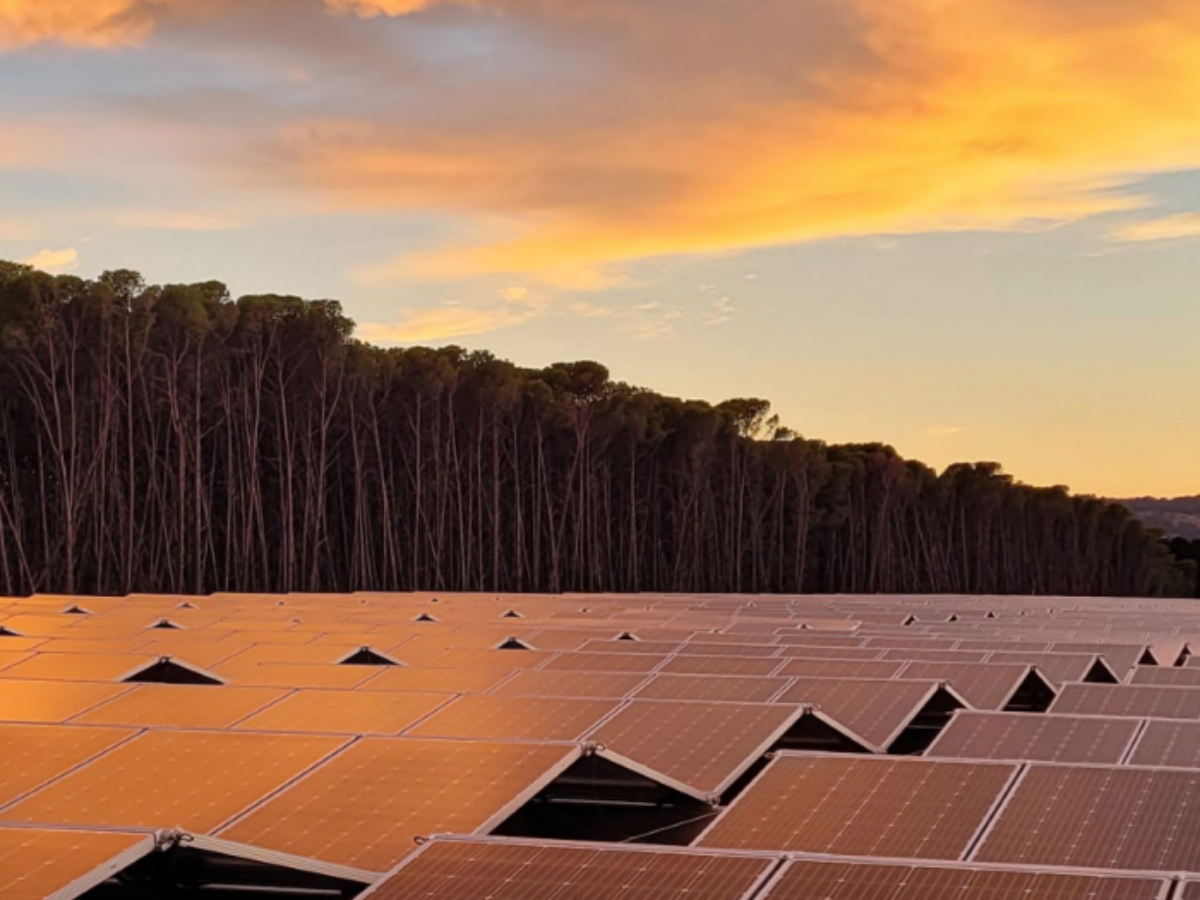Industry needs a step change in solar PV efficiency and cost – report

While solar PV is already sufficient for domestic use a step change in efficiency and cost is necessary for it to be the solution to future access to energy for industry, according to a new report.
A white paper on the potential of ultra low-cost solar (ULCS) launched today by the Australian Renewable Energy Agency (ARENA) said industry needed to see significantly reduced costs of renewable electricity for heavy industrial processes including enabling the production of green hydrogen below $2 per kilogram.
At the heart of the white paper is ARENA’s 30-30-30 vision for ultra low-cost solar in Australia, which represents 30 per cent solar module efficiency and an installed cost of 30 cents per watt by 2030.
This vision requires a step change from where we are today at around 22 per cent solar module efficiency and over $1 per Watt installed cost.
In terms of total levelised cost of energy (LCOE), ARENA’s vision requires a drop to around one-third of today’s solar LCOE to below $20 per megawatt hour.
ARENA CEO Darren Miller said: “Achieving this vision won’t be easy, but Australia has a comparative advantage due to our huge land mass, strong solar resources and abundance of minerals that can be used to make green products.
“Innovation is key to reducing the cost of solar. Groundbreaking research has been taking place in Australia’s labs since the 1980s, and we have homegrown startups such as 5B and SunDrive doing exciting things in novel deployment methods and materials science.”
The main objectives for ‘The Incredible ULCS: How ultra low-cost solar can unlock Australia’s renewable energy superpower’ white paper are to:
- Elevate solar photovoltaics (PV) in Australia’s national priorities by outlining the benefits that extremely cheap solar could unlock
- And communicate key barriers and innovation priorities for ultra low-cost solar to government, industry and the Australian public.
Miller said Australia needed to step up support to achieve cost reductions through increased module efficiencies, cheaper material costs and innovative ways to deploy and maintain solar out in the field.
He said: “We need a united front to tackle this task. We’re calling on Australia’s governments, market bodies, developers, investors and innovators across the entire supply chain to commit to these goals.”
To date, ARENA has committed over $800 million in funding towards solar PV projects.
Today’s solar PV technology requires no significant technology breakthroughs to achieve Australia’s 2030 goals within the electricity system provided the country can make strides with critical enablers such as energy storage, flexible demand, transmission and grid connection.
However, ultra low-cost solar could lead to much cheaper electricity for Australians and export opportunities to neighbouring countries, as well as supporting the decarbonisation of hard-to-abate sectors such as industry and transport.
Picture: ARENA
@aumanufacturing Sections
Analysis and Commentary Awards Defence Manufacturing News Podcast Technology Videos










